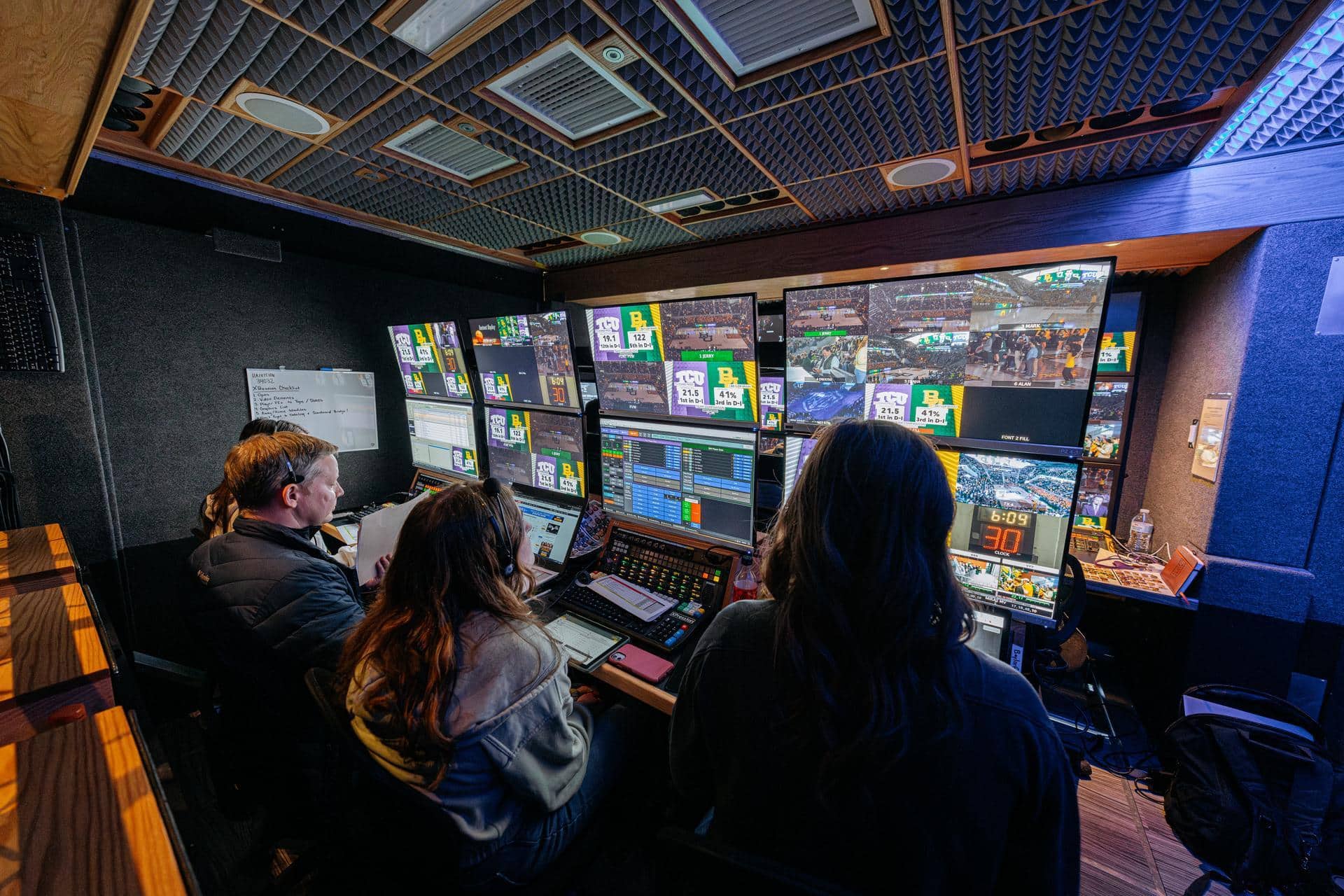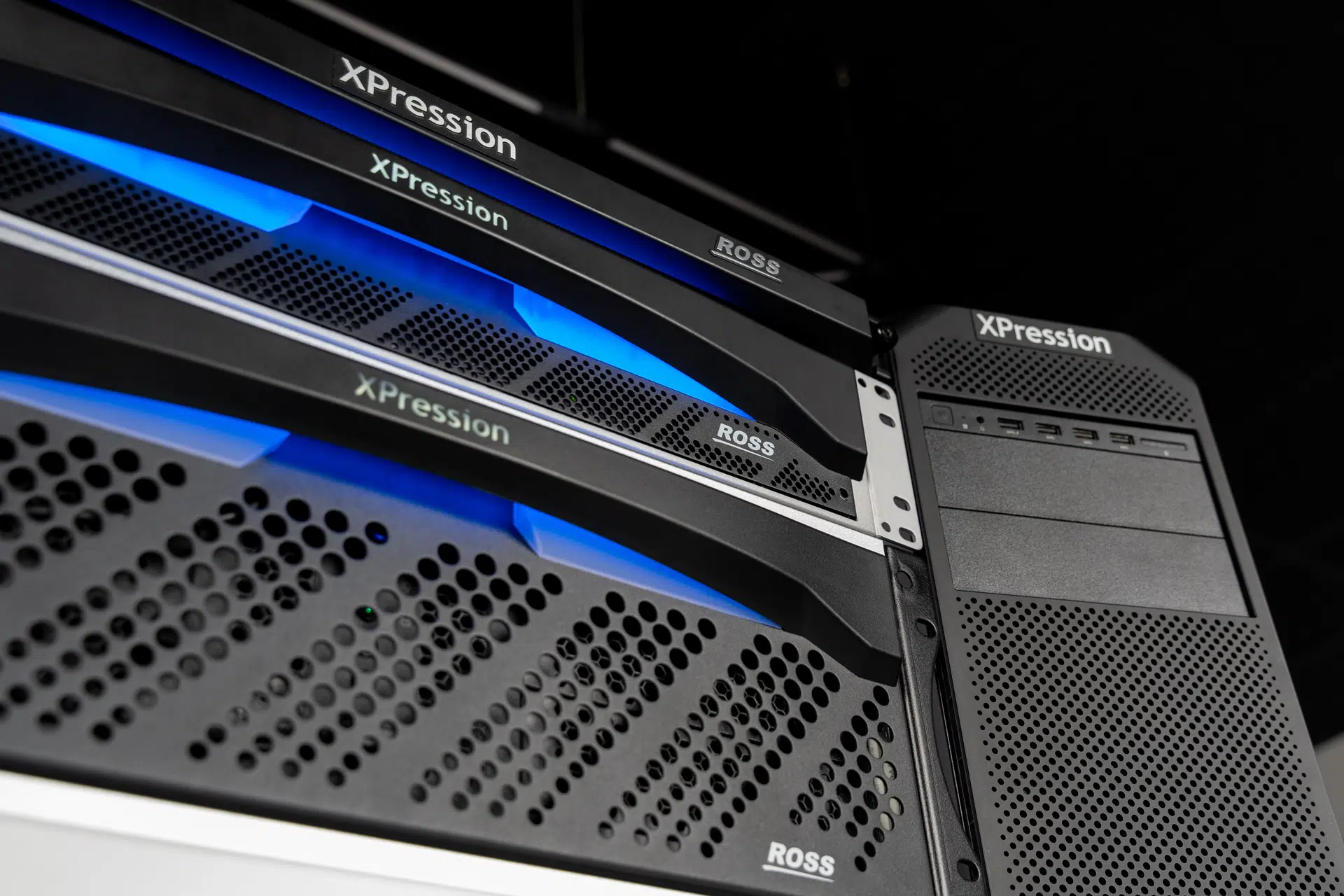Explore the pros and cons of CapEx vs. OpEx broadcast graphics infrastructure. Learn how to reduce costs, improve ROI, and boost competitiveness in today’s media landscape.

Considering today’s highly challenging and competitive broadcast television landscape, effective cost control is an absolute must. Broadcast organizations that fail to closely monitor expenses, eliminate unnecessary overhead, and maximize return on investment (ROI) are likely to fall behind their competitors that do. While boosting the efficiency of your on-screen graphics system isn’t likely to solve all your financial woes, every bit of savings counts for modern broadcasters who want to deliver quality content while positioning themselves for success in the marketplace. By overcoming the challenges of reducing graphics infrastructure costs, broadcasters can make a tangible difference for both their viewers and their bottom line.
The importance of cost saving in today’s broadcast environment
With growing competition from streaming and digital platforms, traditional broadcasters are under increasing pressure to optimize production costs, raise productivity, enhance competitiveness, and ensure long-term sustainability. The Ross Video team highlights the fact that saving money over the long haul often requires a significant up-front investment. The Ross blog article “Why Today’s Broadcasters Rely on Quality and Performance to Stay Ahead” wisely states, “Failing to adapt doesn’t just affect performance—it impacts the bottom line. Broadcasters that fall behind face spiralling capital costs and the constant need for new investments to keep pace. This is on top of a gradual reduction in the ability to innovate and remain competitive, which can cause viewership to drop, further escalating the negative impact on revenues. Sticking with outdated technology is a risk broadcasters can’t afford. To maintain peak performance and safeguard long-term success, the technology that broadcasters use must improve alongside these industry changes.”
The OpEx approach: Is it truly cost-effective?
The desire to stay up-to-date with the latest broadcast sector trends while avoiding substantial upfront investment costs has led many organizations to adopt an operational expenditure (OpEx) approach to video production and content delivery. This approach allows broadcasters to avoid the often-massive capital expenditures that go along with securing the necessary software and hardware to create and deliver desirable viewer content. Rather than purchasing this software and hardware outright and housing it on-site, broadcasters can adopt an OpEx approach by contracting with providers that offer graphics capabilities through subscription agreements. That way, a broadcast organization can budget for various production and distribution capabilities as recurring operational expenses, typically on a monthly or quarterly basis, depending on the provider’s model.
When it comes to OpEx graphics, broadcasters typically encounter models such as subscriptions, leasing, and cloud-based services, each with different terms, levels of flexibility, and billing structures. While each of these options offers advantages—such as ease of entry, scalability, and access to the latest updates—they can also introduce challenges around long-term budgeting and infrastructure planning, especially as needs grow.
CapEx vs. OpEx: Which is better for broadcast graphics infrastructure?
Unlike the OpEx approach (which demands budgetary carveouts and more regular financial payments), the capital expenditure (CapEx) approach to meeting any business need involves purchasing and owning essential equipment and/or supplies. While this often presents substantial upfront costs, it can eliminate the need for additional daily, weekly, monthly, and yearly expenses moving forward.
So, if you want to ensure that you have the right graphics infrastructure to meet modern demands, which approach is superior: CapEx or OpEx? Both can provide exceptional video production and broadcast graphics that will meet or exceed the needs of today’s television audiences. Both have their own unique but generally equal advantages and disadvantages in terms of workflow integration and operational efficiency. So your decision to go CapEx or OpEx with your broadcast graphics infrastructure will depend largely on your budgetary restrictions and ROI expectations.
The value of CapEx graphics infrastructure investments can be difficult to calculate because they require substantial initial payments but can yield permanent benefits in terms of long-term production output and bottom-line profitability. OpEx investments, by contrast, can seem safer and more sensible because they are predetermined, often guaranteed, and incremental in nature. But as we have previously discussed, the smaller yet ongoing payments of the OpEx approach can add up to deliver very poor ROI over the long haul.

How to Avoid Downtime During Tech Transitions
Upgrading your production tech? Keep the cameras rolling with our Zero Downtime Guide.
Finding broadcast graphic solutions that truly work
Because both CapEx and OpEx graphics solutions can provide exceptional benefits to your broadcast organization, you will want to conduct extensive research, economic projection, and budgetary analysis to determine the best path forward in terms of immediate value generation and long-term ROI. To make the most out of whatever approach they choose, wise broadcasters will seek flexible equipment and tools that support both CapEx and OpEx models, allowing them to invest in high-quality solutions that align with their financial strategies. A flexible graphics system that allows broadcasters to choose between CapEx and OpEx models can give broadcasters full control over their infrastructure and expenses. With a system designed for adaptability, newsrooms and live productions can optimize their spending while maintaining high-performance graphics capabilities.
Billed as the fastest-growing real-time motion graphics engine, the XPression CG and animation system from Ross Video is a perfect example of this flexibility and adaptability. Many providers require customers to commit to either substantial upfront CapEx investments or ongoing OpEx payments—models that may not align with every broadcaster’s financial strategy. Ross, however, offers multiple purchasing options that allow customers to take either a CapEx or OpEx approach, depending on their preferred financial and business requirements. This flexibility enables Ross Video to act in the best interests of its customers by providing multiple purchasing options.

In conclusion
In today’s technology-driven broadcast television industry, expectations are high, and competition is fierce. Broadcasters must carefully consider their graphics delivery options with a close eye on expenses and ROI. The CapEx and OpEx approaches to graphics infrastructure each come with their own distinct sets of advantages and disadvantages. By selecting a high-quality system that can operate according to either of these models, you can achieve exceptional results while meeting both your immediate and ongoing financial needs.